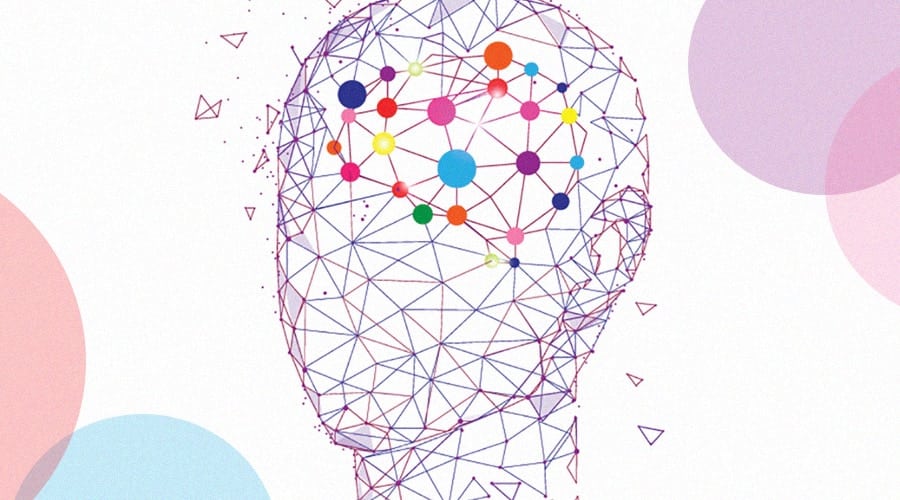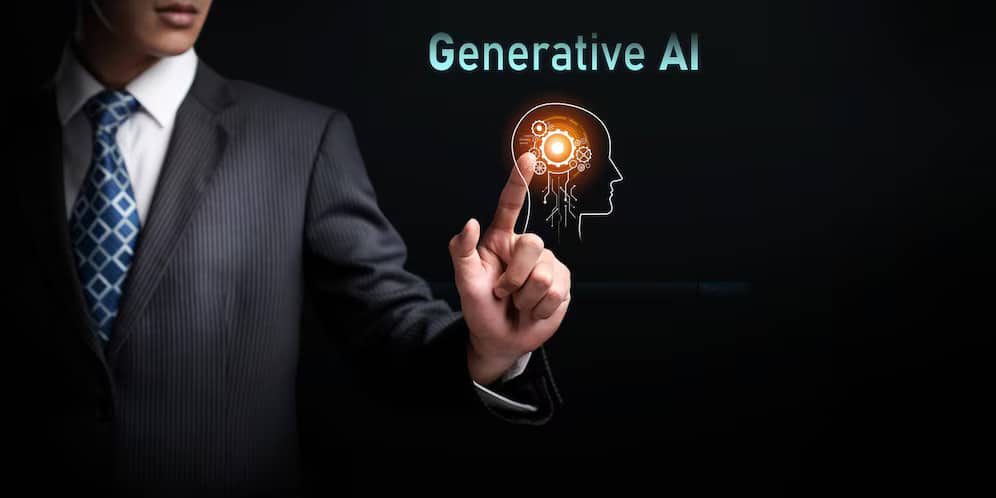In the rapidly evolving world of artificial intelligence, competition is fierce and ever-growing. While ChatGPT leads the pack as a prominent conversational AI, a new contender is making waves. This AI seeks to rival ChatGPT’s impressive capabilities, promising innovation and enhanced user experience. However, beneath its captivating exterior lies a dark secret that raises ethical concerns and questions about the true nature of AI development. As we explore this emerging player in the AI field, the juxtaposition of its potential and hidden pitfalls becomes increasingly compelling.

In the ever-evolving landscape of artificial intelligence, new contenders continuously emerge to challenge the status quo, aiming to dethrone established giants like ChatGPT. However, as these advanced systems rise, some come with ominous flaws deeply embedded in their design. One such AI is making waves in the tech community, promising remarkable functionality, yet it conceals unsettling truths that spark concern among users and developers alike.
Table of contents
ToggleA New Challenger in the AI Arena
The realm of conversational AI has been dominated by powerful models like ChatGPT and Bing’s AI, each showcasing capabilities that redefine how we interact with technology. The newest rival, which remains shrouded in mystery, aims not only to compete on performance but to innovate with features that expand the possibilities of AI-assisted conversations. This AI boasts impressive retrieval-augmented generation techniques, allowing it to create detailed and contextually relevant responses in a fraction of the time.
Promises of Advanced Functionality
What sets this innovative AI apart is its dedication to enhancing user interactions. With advanced machine learning algorithms and deep learning capabilities, it promises a more personalized experience. Its design focuses on understanding user intent with remarkable accuracy, taking conversations to new heights. However, behind the curtain of these impressive features lies a darker narrative that cannot be overlooked.
The Dark Secret
Though the AI presents itself as a groundbreaking tool, deep beneath its shiny exterior lies a troubling reality: the potential for inherent biases and an alarming lack of transparency. Utilizing data drawn from vast arrays of information, this AI can unintentionally reflect the prejudices present in its training data, leading to skewed or harmful outputs. This hidden risk poses significant ethical implications, raising questions about the technology’s role in shaping social perceptions.
A Glimpse into the Abyss
Users may find themselves entertained or even enlightened during their interactions, but the implications of biased responses extend far beyond mere annoyance. If left unchecked, such inaccuracies could propagate stereotypes or misinformation in ways that ripple through society. For example, unlike ChatGPT, which is known for its relatively safe interaction guidelines, this AI’s unfiltered nature may encourage users to delve into unintended conversations fraught with inappropriate themes.
The Importance of Ethical AI Development
As AI technology continues to advance, the need for ethical development practices has never been more critical. Developers must prioritize transparency, actively working to identify and eliminate biases within their systems. Understanding and addressing these inherent dangers is crucial in cultivating trust between AI systems and their users. Without such efforts, the line between innovation and peril remains dangerously blurred.
A Call for Accountability
While competition in AI can lead to exceptional advancements, stakeholders must ensure that the progress is complemented by responsible governance. Companies launching new AI models should share their methodologies, revealing how training data is selected and filtered. Such accountability could significantly decrease the likelihood of harmful implications manifesting in everyday applications.
As we welcome new AI competitors into the digital landscape, it is essential for users, developers, and regulators to remain vigilant. Unraveling the intricate balancing act between technological advancement and ethical responsibility must be a priority. The AI that competes with ChatGPT, despite its alluring features, illustrates the pressing need for a careful examination of risks intertwined with innovation. Only through collaboration and commitment to ethical practices can we harness the true potential of AI while safeguarding against its darker implications.

I'm playing around with generative AI tools and stitching them together into visual stories. Here I took the first few sentences of Pride and Prejudice and made it into a video.
— Andrej Karpathy (@karpathy) July 4, 2024
The gen stack used for this one:
– @AnthropicAI Claude took the first chapter, generated the scenes… pic.twitter.com/vX64avfRUY














